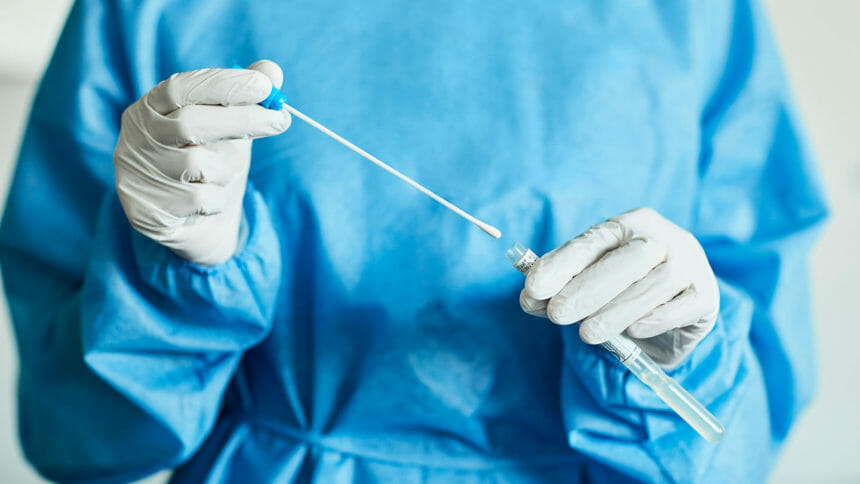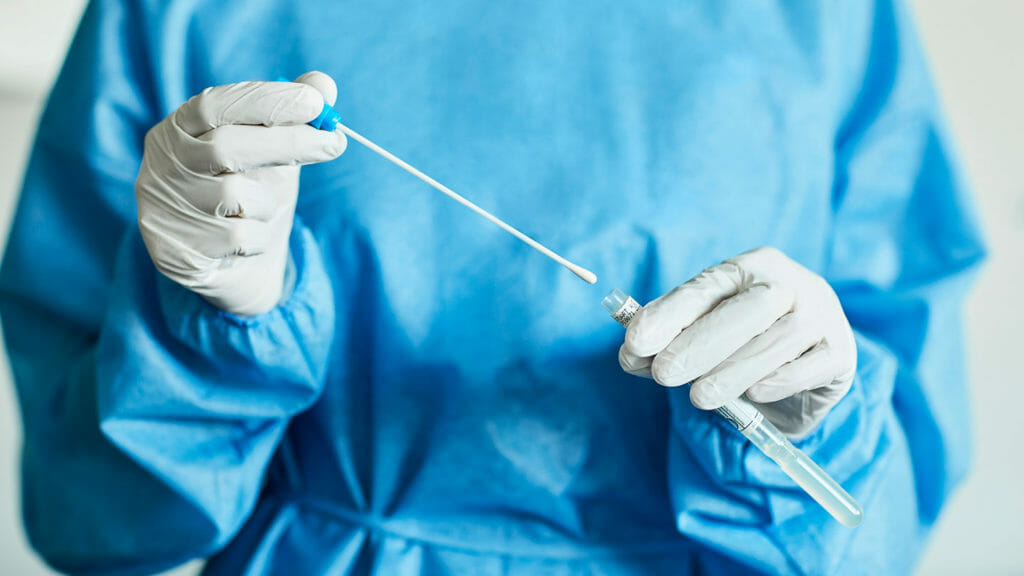

Non-pharmaceutical interventions, such as mask wearing and increased testing, better helped skilled nursing providers minimize how many people got sick from COVID-19 even amid high community transmission, according to a new study by University of California researchers.
Investigators, however, concluded that vaccinations were still providers’ best strategy to reduce the risk of hospitalizations and overall number of infections when transmission is high.
The research team developed a model that simulated the spread of COVID outbreak in a long-term care facility based on the occupancy of a California nursing home with 172 residents and staff.
When implementing a scenario that called for personal protective equipment mandates and weekly testing facilities, the model showed the disease infected 29%of people, and it took an average of 106 days to stop the COVID outbreak eliminate it from the facility. The attack rate dropped to 17% when the model included a three-day testing schedule.
With the implementation of the vaccine, under the assumption of equal vaccine efficacy for residents and staff, the time to elimination and stop the COVID outbreak decreased by about 39 days.
“The importance of careful use of non-pharmaceutical interventions was a critical lesson from the COVID-19 pandemic. Mask policies, limited visitation, and especially frequent testing were critical to successful mitigation and prevention plans in the United States,” researchers wrote.
“As regulations ease, and with the possibility of requiring yearly vaccinations to prevent future outbreaks, we must consider how surveillance, PPE usage, and vaccine timing and prioritization complement each other,” they concluded.
Full findings were published Tuesday in BMC Infectious Diseases.





